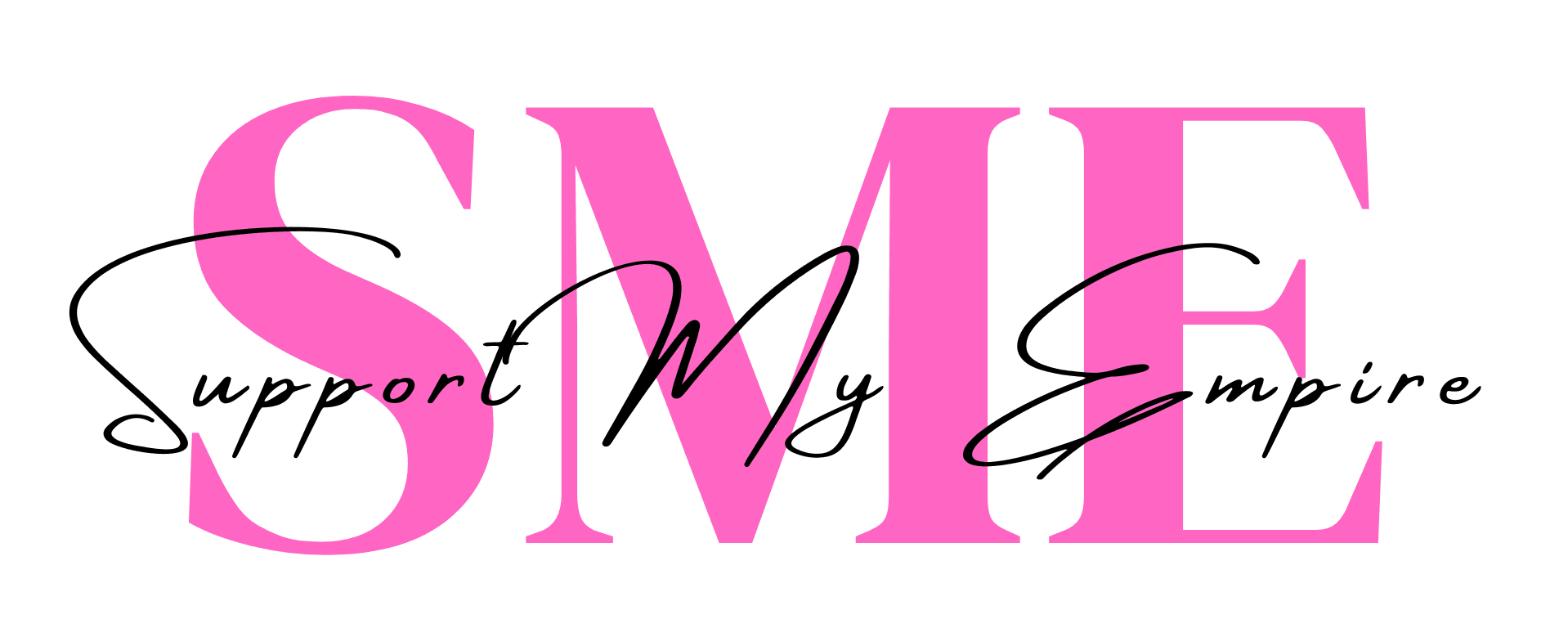How to Start a Dropshipping Business (Even with a Small Budget)
Dropshipping is one of the most accessible ways to start an online business. You don’t need to buy inventory upfront, rent a warehouse, or worry about shipping products yourself. But just because the barrier to entry is low doesn’t mean it’s effortless. Like any real business, dropshipping takes strategy, consistency, and the right setup from the start.

What Is Dropshipping?
Dropshipping is a retail business model where you sell products online without holding inventory. Instead, when a customer places an order, you purchase the item from a third-party supplier who ships it directly to the customer.
You handle the storefront, marketing, and customer service — the supplier handles the product and shipping. It’s a lean setup, but success depends on strong systems and supplier relationships.
How Dropshipping Works
Understanding the dropshipping workflow is essential before you dive in. While the model removes the need to store or ship products yourself, you’re still responsible for ensuring the customer has a seamless experience. Here’s how it works in practice:
- Customer places an order on your store: They browse your site, add a product to their cart, and complete checkout.
- You receive the order notification: Your ecommerce platform notifies you of the purchase. With the right setup, this step can be automated.
- You place the order with your supplier: You forward the customer’s order details (either manually or automatically) to your supplier, who then prepares the shipment.
- The supplier ships the product: The supplier packages the item and sends it directly to your customer. You don’t touch the product at all.
- You update the customer: You send an order confirmation and shipping notification. If you’ve automated this, the customer receives tracking info automatically.
- Customer receives the product: Ideally, it arrives on time and in good condition. If something goes wrong, the customer contacts you — not the supplier.
As the store owner, you’re the face of the brand. Even though you don’t handle fulfillment yourself, you’re still responsible for communication, policies, and overall customer satisfaction.
Pros and Cons of Dropshipping
Before you decide if dropshipping is the right model for your business, it’s important to weigh the benefits and the challenges. While the low barrier to entry makes it appealing to many, dropshipping comes with its own set of trade-offs. Here’s a more detailed look:
Pros:
- Low Startup Costs: You don’t need to purchase inventory upfront, lease storage space, or hire a warehouse team. This makes it one of the most affordable ways to start a retail business.
- Minimal Risk: Because you only pay for a product after you’ve sold it, there’s less financial risk if a product doesn’t perform well.
- Flexible Location: You can run your business from anywhere with a laptop and Wi-Fi. It’s ideal for digital nomads, stay-at-home parents, or side hustlers.
- Easy to Test Products: You can try out new products, niches, or bundles without committing to large inventory purchases.
- Scalable: With the right systems, dropshipping stores can scale quickly. You won’t be limited by how much stock you have on hand.
Cons:
- Lower Profit Margins: Because you’re not buying in bulk or producing your own product, you’ll typically pay more per item. This makes it harder to compete on price without sacrificing your margin.
- Supplier Control: You rely on third-party suppliers to fulfill orders correctly and on time. If they make a mistake, it reflects on your brand.
- Shipping Issues: Products coming from overseas may have longer shipping times, limited tracking, and higher potential for delivery errors.
- Inventory Syncing: If your supplier runs out of stock and your website isn’t updated in real time, you risk selling something you can’t fulfill.
- Customer Service Falls on You: Even though you don’t touch the product, you’re still responsible for handling complaints, returns, and delays.
- Quality Control Challenges: You can’t inspect each item before it ships. If the supplier sends poor quality products, it affects your reputation.
Understanding these pros and cons will help you decide if this model aligns with your goals, strengths, and long-term vision. It’s not for everyone, but with the right approach, dropshipping can be a profitable and scalable business.
Is Dropshipping Right for You?
Dropshipping isn’t a one-size-fits-all solution — and that’s okay. It works best for certain types of entrepreneurs and business models. Before you dive in, ask yourself what kind of business you want to build and how hands-on you want to be.
Dropshipping might be right for you if you:
- Want to start a business but don’t have the funds to invest in inventory
- Prefer working on marketing, branding, and customer experience rather than logistics
- Like the idea of testing different niches or product ideas with minimal financial risk
- Are self-motivated and willing to learn through trial and error
- Can handle the behind-the-scenes work like supplier communication, order fulfillment, and support.
It may not be a good fit if you:
- Want full control over product development, quality, and delivery timelines
- Are looking for fast, passive income with little effort
- Have very high customer service standards but don’t have reliable suppliers
- Struggle with uncertainty or frustration when unexpected issues arise (e.g. supplier delays)
- Don’t enjoy problem-solving or managing backend operations.
The best dropshipping stores are built by people who treat it like a real business — not a quick fix or side hustle experiment. If you’re someone who values flexibility, enjoys solving problems, and can commit to building systems that work, then dropshipping could be a great path to independence and long-term growth.
What You Need to Start a Dropshipping Business
Before launching your store, there are a few foundational pieces you need in place. These aren’t just tools and accounts — they’re the building blocks of a successful business. Here’s a more detailed look at what you should have ready:
1:
- A Niche or Product Focus: Don’t try to sell everything. Choose a focused category that solves a problem or meets a demand. This could be based on trends, hobbies, needs, or underserved audiences.
- A Brand Name and Domain: Pick a name that’s short, memorable, and relevant to your niche. Secure a matching domain name through a registrar like Namecheap or Google Domains.
- An Ecommerce Platform: Your store needs a home. Shopify is the most beginner-friendly, but WooCommerce (on WordPress), Wix, and BigCommerce are solid options too.
2:
- A Reliable Supplier or Fulfillment Partner: Use directories and platforms like CJ Dropshipping, Spocket, or AliExpress, but always vet suppliers first. Order samples, check communication speed, and review their shipping methods.
- A Payment Gateway: Connect a system like Stripe or PayPal so you can accept customer payments securely and smoothly.
- Branded Store Design: Use a clean, mobile-friendly theme. Customize colors, fonts, and visuals to match your brand identity. Add your logo, adjust your layout, and make sure the user experience is smooth on both desktop and mobile.
- Product Listings: Add 5–10 products with clear photos, pricing, variants, and benefit-focused descriptions. Don’t copy/paste supplier content. Write your own!
3:
- Legal Pages & Policies: Create and publish a privacy policy, terms and conditions, return policy, and shipping information. These pages build trust and protect you legally.
- Marketing Tools: Set up a free email marketing platform like MailerLite or Klaviyo. Create basic automations like a welcome email and order confirmation.
- Social Media Presence: Create a business profile on Instagram, Pinterest, or TikTok. You don’t need all of them at once, but claim your handle and start building visibility.
- Basic Analytics: Install Google Analytics or use Shopify’s built-in tools to track traffic, product views, and conversion rates.
Having these elements in place sets you up for a smooth launch and gives you a solid foundation to scale from. Don’t wait for perfection — start with a strong core, then build and optimize as you go.
Want Help Starting? Grab the Guide
If you’re serious about starting a dropshipping business, don’t go in blind. Our Dropshipping Guide + Printable Startup Checklist walks you through every step — from picking a niche to launching your store.
You’ll learn how to:
- Find reliable suppliers
- Set up your store without tech headaches
- Avoid common mistakes that cost time and money
- Market your products with confidence.
Resources
Grow Your Retail Empire with Proven, Scalable Strategies
Discover three ways to elevate your business—choose the path that suits your goals best.
We’ll do the heavy lifting so you can focus on running your business.
You won’t be doing this alone; we’ll walk you through every step.
No Burpees, Just Flexing! Weekly Workouts for a Stronger Bottom Line.
The Retail Gym Your Weekly Business Workout
No sweat, just success! The Retail Gym is your weekly business workout designed to help you lift your retail strategies, tone your sales skills, and flex your competitive edge—without a single burpee.





